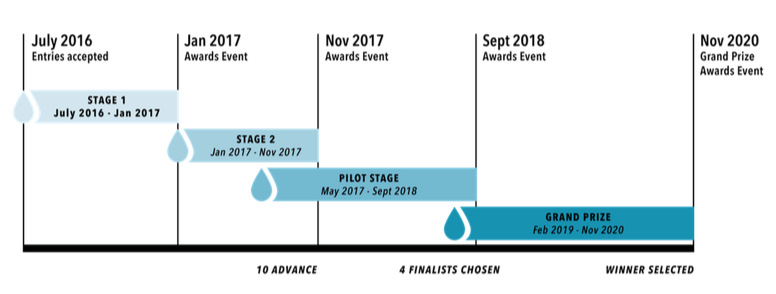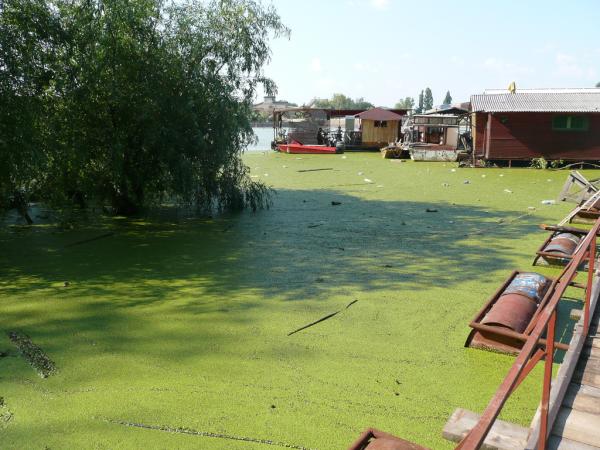With all due respect to government officials and their decades of well-intentioned effort to reverse algae bloom, it's now the private sector's time, led by ingenious researchers, to tackle this ever-expanding crisis.
And an eight-figure cash reward as an incentive for the winner doesn't hurt, either.
A scientific competition, which began in July 2016, is seeking to produce a workable solution to the problem of explosive algae growth, which has plagued the Florida coast to the Great Lakes, and beyond, and has been getting progressively worse since the 1990s.
These huge green toxic swaths, predominantly a product of farm runoff and wastewater treatment plant emissions, are choking lakes, streams, inlets and other ecosystems. Among other problems, algae choke off the oxygen supply and kill marine life, contaminate drinking water while wreaking widespread havoc on coastal tourism.
The initiative, called the George Barley Water Prize, will award "an unprecedented" $10 million to the person who comes up with the best idea to stem this nasty algae tide by separating phosphorus – the main offender – from the body of water it pollutes.
 The competition's co-founders, The Everglades Foundation and Scott's Miracle-Gro Foundation, say the huge payday will go to "the researcher or researchers capable of developing a cost-effective process for recovering phosphorus while yielding clean water from natural water bodies on a globally-applicable scale."
The competition's co-founders, The Everglades Foundation and Scott's Miracle-Gro Foundation, say the huge payday will go to "the researcher or researchers capable of developing a cost-effective process for recovering phosphorus while yielding clean water from natural water bodies on a globally-applicable scale."
Competitors are currently in the third, or Pilot Stage, testing their technologies that have been developed to date in the field. After the four competitive stages are complete, the Grand Prize will be awarded in November 2020.
The competition's intense focus is on phosphorus removal, since it's widely believed that phosphorus-based fertilizers are the cause of the algae crisis.
At the start, roughly 100 research teams from 13 countries were involved. Today, just 10 finalists remain. They are developing strategies that range from removing phosphorus from manure directly, to creating the infrastructure that can be laid under farmland to capture phosphorus before it reaches waterways.
One finalist, Ed Weinberg from Pennsylvania, is using engineered resin to absorb and capture the mineral, so that is can be used for another purpose. “It’s simple yet elegant chemistry,” says the 66-year-old inventor, speaking to the Wall Street Journal.
The competition is named after George Barley, a co-founder of The Everglades Foundation, who died in a plane crash in 1995. Barley's growing concern about the ecological damage being done to the Florida Everglades prompted him to take action and raise awareness about this existential environmental threat.




